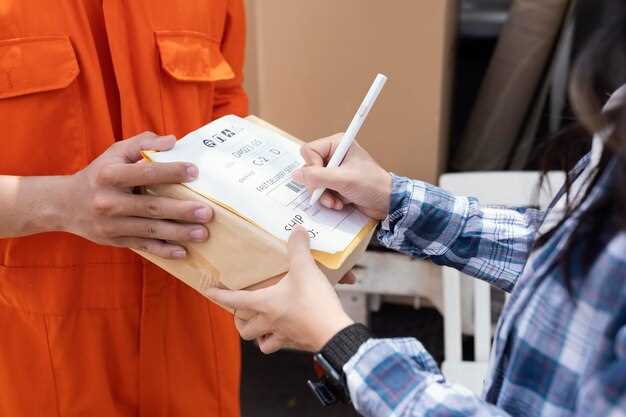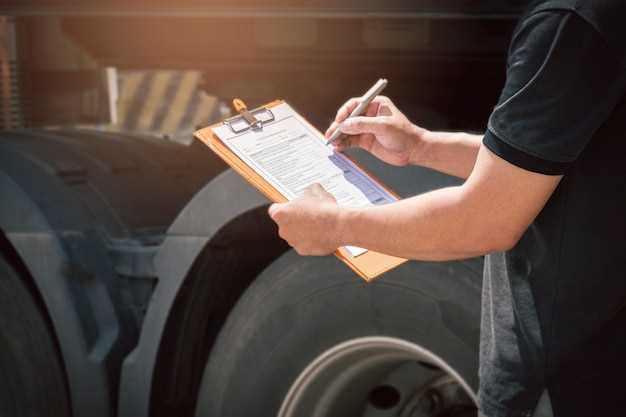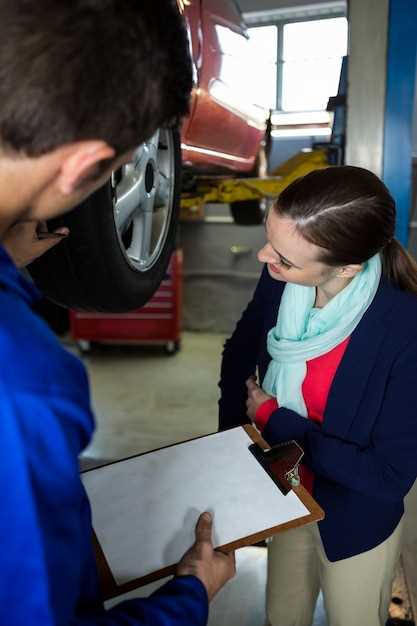
After the excitement of a race has settled, the focus shifts to the critical process of inspection and tear down. This stage is essential for ensuring the safety, performance, and longevity of racing vehicles. Thorough analysis during this period can prevent future mechanical failures and provide insights for improvements in both design and technique.
Employing best practices in the inspection process not only safeguards the integrity of the racing equipment but also enhances the team’s knowledge and experience. Detailed checks on components such as the engine, suspension, and brakes are vital. Teams should develop a systematic approach, using checklists and standard operating procedures to ensure no critical areas are overlooked.
Additionally, it is important to document all findings during the tear down and inspection. This information can serve as a valuable resource for future races, guiding decisions about maintenance, upgrades, and adjustments. By cultivating a culture of meticulous post-race evaluations, teams can gain a competitive edge while fostering the continuous improvement of their racing operations.
Preparing for the Tear Down Process
Effective preparation is crucial for a successful teardown process after a race. Begin by assembling the necessary tools and equipment. A checklist should include wrenches, screwdrivers, torque tools, and safety gear such as gloves and goggles. Ensuring all items are in good working condition helps to avoid delays during the tear down.
Next, designate a clean and organized workspace. This area should be free from distractions and hazards to allow team members to focus solely on the task at hand. Use tarps or mats to protect surfaces and organize components systematically, making it easier to track parts as they are removed.
Prior to commencing the teardown, gather documentation related to the vehicle’s specifications and any modifications made. This information serves as a reference during inspection and helps identify areas that may require more attention. Encourage team members to review any potential issues that arose during the race, facilitating a targeted approach to inspection.
Communication among the team is vital. Hold a briefing session to outline roles and responsibilities, ensuring everyone understands their tasks within the teardown process. Clarify the inspection criteria and how the findings will be documented for future reference.
Lastly, ensure all safety protocols are in place. This includes proper lifting techniques for heavy components and avoiding contact with any fluids that may have leaked during the race. By prioritizing safety and organization, the teardown process can proceed smoothly and efficiently, leading to valuable insights for future performance improvements.
Step-by-Step Inspection Techniques

To conduct a thorough inspection after a race, it is crucial to follow a systematic approach. This ensures that all components are checked for performance and wear. The following steps outline effective inspection techniques.
First, prepare the inspection area. Ensure that the environment is clean and well-lit to facilitate detailed evaluations. Gather all necessary tools and documentation, including checklists and service records, to streamline the inspection process.
Begin by performing a visual inspection of the vehicle. Look for any obvious signs of damage, such as dents, scratches, or loose parts. Pay special attention to areas that are prone to wear, including suspension components, tires, and the chassis.
Next, check fluid levels and conditions. Inspect the engine oil, coolant, brake fluid, and transmission fluid. Use dipsticks or sight glasses to ensure levels are adequate and that fluids are clean and free of contaminants.
Following fluid checks, proceed to the mechanical inspection. Use appropriate tools to check tightness of bolts, reviewing torque specifications as needed. Inspect brake components, ensuring pads and rotors are in acceptable condition to prevent future failures.
Test electrical connections and battery health. Ensure that wiring harnesses are intact and connectors are secure. Check the battery for corrosion and ensure terminals are tight to avoid issues during upcoming races.
After mechanical and electrical inspections, analyze the tires. Measure tread depth to ensure compliance with racing regulations. Inspect sidewalls for any cracks or blisters that could compromise performance.
Finally, document all findings during the inspection process. Record any necessary repairs or parts replacements, along with their urgency. Maintaining detailed records helps track vehicle performance over time and ensures compliance with safety standards.
Documenting Findings and Follow-Up Actions

During the post-race tear down and inspection process, thorough documentation of findings is essential for understanding any issues that arose during the race. This begins with detailed notes on the condition of vehicles, equipment, and track surfaces. Inspectors should accurately describe the state of all components, highlighting any irregularities such as wear, damage, or deviations from specifications.
Each finding should be categorized based on severity, allowing teams to prioritize follow-up actions effectively. This categorization can range from minor cosmetic issues to critical mechanical failures that could impact future performance. Utilizing a standardized format for documentation ensures consistency and clarity, making it easier for teams to interpret the results.
After documenting findings, it’s crucial to outline specific follow-up actions. This may include repairs, further inspections, or recommendations for adjustments in design and materials. Assigning responsibility for each action to particular team members helps ensure accountability and timely execution. Establishing a timeline for these actions is also vital, allowing teams to track progress and make necessary adjustments to their schedules.
Additionally, sharing documented findings with all relevant stakeholders promotes transparency and collaboration. This can include race officials, engineers, and team members, fostering a collective understanding of issues and solutions. Digital tools or platforms for sharing documentation can streamline this process, making it accessible for future reference.
Lastly, a review of documented findings and follow-up actions should be incorporated into post-race meetings. This allows teams to reflect on the inspection process, discuss lessons learned, and improve protocols for the next event. Continuous improvement in documentation practices will enhance the overall effectiveness of post-race inspections and support team success.



